Single Camera Techniques
Intro
In this essay I will be talking about the use of single camera techniques, why single cameras are used to shoot film and benefits single camera production comes with when filming. I will address all points from camera, lighting, sound, editing and the differences between single camera techniques and multi-camera techniques as well as which genres and formats use/prefer to film with.
Camera
 How is the camera used and the footage shot?
How is the camera used and the footage shot?Single camera productions obviously only use one camera throughout the shooting of a film. As only one camera is being used it will add to the realism and create a more intimate feeling for the audience and get the audience into the action/scene. However more than one camera can be used when it's difficult to use just one in a certain scenes such as an action scene with a stunt that can only be executed once so the director can get more than one shot distance and angle. Multiple cameras might also be used when a scene is heavy on dialogue so the actors won't have to keep pausing while the shot is being changed. Single camera productions will need the same scenes and sections of scenes to be acted a number of different times so the director can capture the scene from different angles and shot lengths. This makes filming expensive if the production is filming onto actual film as the film stock is expensive and single camera productions will be using a lot on the same scenes.
Lighting
How is single camera production lit?
 Lighting in single camera productions is much easier as you can light each shot individually as there is only one camera being used you haven't got to worry about lighting more than one camera or make sure that each one has the same lighting in the shot. In muti-camera each shot must have the same lighting or it won't match when the shot changes to another camera, causing the film to look unprofessional and if it's been filmed in a studio. Lighting in single camera production is far more detailed and interesting as tone and style can be added to individual scenes to achieve the desired look and feel in the scene. For example Film Noir films are single camera productions that rely heavily on lighting. As Film Noir is usually associated with low key lighting with black and white visual style. So the lighting needs to be prepared perfectly to achieve the Film Noir look for each shot. This is easier to do in single camera production as each shot can be prepared individually while in multi camera production all the cameras used must have the same amount of lighting which can be a difficult to achieve at a high standard. Also the detail in the lighting won't be as good like it would be in a single camera production.
Lighting in single camera productions is much easier as you can light each shot individually as there is only one camera being used you haven't got to worry about lighting more than one camera or make sure that each one has the same lighting in the shot. In muti-camera each shot must have the same lighting or it won't match when the shot changes to another camera, causing the film to look unprofessional and if it's been filmed in a studio. Lighting in single camera production is far more detailed and interesting as tone and style can be added to individual scenes to achieve the desired look and feel in the scene. For example Film Noir films are single camera productions that rely heavily on lighting. As Film Noir is usually associated with low key lighting with black and white visual style. So the lighting needs to be prepared perfectly to achieve the Film Noir look for each shot. This is easier to do in single camera production as each shot can be prepared individually while in multi camera production all the cameras used must have the same amount of lighting which can be a difficult to achieve at a high standard. Also the detail in the lighting won't be as good like it would be in a single camera production.
Sound
What are the advantages/disadvantages of sound in single camera?
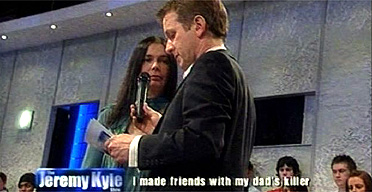
How is single camera production edited?
In single camera production the post production stage can take a long time to edit all the footage gathered as in single camera you should have loads of different shots of the same scene repeated with different angles, distances and lengths. With loads of footage and repeated scenes you will have to go through the footage and find the shots which were the best and fit in the scene. A way to keep organised with what shots were the best and worked is to create a shot log which will come in handy when editing footage. It is a list of the shots captured in a scene with a description of how well it turned out. This will help the editor/s easily find the best shot for the scene without going through every single shot taken.
Single Camera genres and formatsHow and why do certain genres and formats lend themselves to single or multi-camera production?
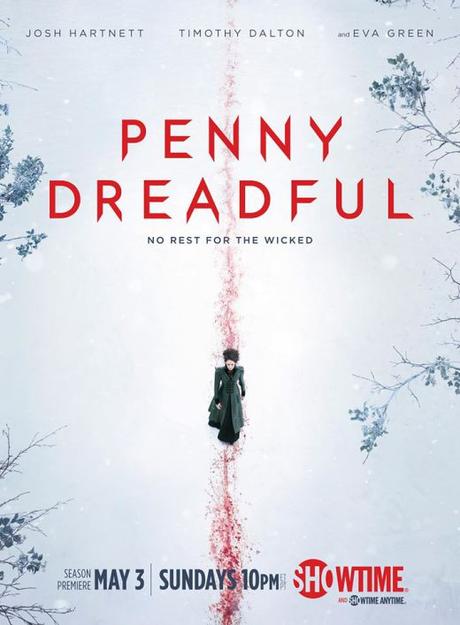 genres such as period drama, crime drama and horror are particularly associated with single camera production. As single camera productions have the ability to create the feeling of realism and a more personal product as the camera can move within the scene to make the audience feel more involved. Multi camera productions cannot move the camera as freely as more than one camera is being used you will need to be careful not to get the other cameras in the shot. As well as this single camera productions can use many different angles and shot distances to capture the action from different perspectives. As single camera creates a more realistic product it works great with horror as the audience will feel more tense and involved with the 'scares' due to the camera movements and different angles used within the scene for example "Penny Dreadful". Same can be said with period dramas as the they're set in an era in the past, single camera productions can make the it seem much more realistic when accompanied by the costumes, props and sets to recreate the required style and tone for example "Rome" and "Boardwalk Empire".
genres such as period drama, crime drama and horror are particularly associated with single camera production. As single camera productions have the ability to create the feeling of realism and a more personal product as the camera can move within the scene to make the audience feel more involved. Multi camera productions cannot move the camera as freely as more than one camera is being used you will need to be careful not to get the other cameras in the shot. As well as this single camera productions can use many different angles and shot distances to capture the action from different perspectives. As single camera creates a more realistic product it works great with horror as the audience will feel more tense and involved with the 'scares' due to the camera movements and different angles used within the scene for example "Penny Dreadful". Same can be said with period dramas as the they're set in an era in the past, single camera productions can make the it seem much more realistic when accompanied by the costumes, props and sets to recreate the required style and tone for example "Rome" and "Boardwalk Empire". Comedy shows utilize in both single and multi camera productions. Sitcoms that are filmed in studios/sets in front of a live studio audience such as "Fresh Prince of Bel Air" and "The Big Bang Theory" will utilize in multi camera production. Multi camera comedy shows can feel more natural when a joke is told as the response from the audience and the other actors are more genuine than a single camera production comedy as the response would have been captured in a different take. Comedy shows such as "The Inbetweeners" and "Plebs" are filmed using single camera techniques.
Comedy shows utilize in both single and multi camera productions. Sitcoms that are filmed in studios/sets in front of a live studio audience such as "Fresh Prince of Bel Air" and "The Big Bang Theory" will utilize in multi camera production. Multi camera comedy shows can feel more natural when a joke is told as the response from the audience and the other actors are more genuine than a single camera production comedy as the response would have been captured in a different take. Comedy shows such as "The Inbetweeners" and "Plebs" are filmed using single camera techniques.
Soap operas are usually filmed using multi camera techniques as episodes need to be produced fast and multi camera productions can do this at a faster rate than single camera productions as multi camera productions can shoot a scene in one take as more cameras are being used while single camera productions will have to retake scenes over and over with different shot distances and angles making it a more lengthy and time consuming process which soap operas cannot afford to do. For example "EastEnders" is a multi camera production and must produce episodes at a fast rate as it's on every weekday. Sometimes multi camera techniques cannot be used if filming a scene in a real house which does not have the space for multiple cameras.
Aside from specific genres, there are also various formats associated with single camera productions:
Series
A series is a number of episodes with the same characters but a different story-line which unfolds in each episode. However there can be a continuous plot in the background of each episode which resolves around the central characters. An example of a single camera production series is "Grimm" as it has the same characters each episode with a clear protagonist and is presented with a new fairy tale creature that must be stopped from causing havoc in each episode.
Serial
 A serial is very similar to a series however a serial typically follows a extended or continuing story-line which can span over many episodes or a series or it could even be never ending such as a soap opera. For example EastEnders is never ending with no seasons/series and started in 1985 with 5041 episodes as of 3rd April 2015. A long lasting or never ending serial like EastEnders will utilize in multi camera production as they can produce episodes quickly. An example of a single camera production serial is "Game of Thrones" (However not a soap opera as it has seasons and will have an end) which is commissioned for 10 60 minute episodes in a series and a new series starts each year in spring. Game of Thrones has many, many different characters but the same characters in each episode with no clear protagonist or antagonist. Game of Thrones has multiple story-lines going on with each character which overlaps and develops across the episodes and will usually end with a cliffhanger to make the audience want to watch the next episode right away to see what happens next with the story and characters.
A serial is very similar to a series however a serial typically follows a extended or continuing story-line which can span over many episodes or a series or it could even be never ending such as a soap opera. For example EastEnders is never ending with no seasons/series and started in 1985 with 5041 episodes as of 3rd April 2015. A long lasting or never ending serial like EastEnders will utilize in multi camera production as they can produce episodes quickly. An example of a single camera production serial is "Game of Thrones" (However not a soap opera as it has seasons and will have an end) which is commissioned for 10 60 minute episodes in a series and a new series starts each year in spring. Game of Thrones has many, many different characters but the same characters in each episode with no clear protagonist or antagonist. Game of Thrones has multiple story-lines going on with each character which overlaps and develops across the episodes and will usually end with a cliffhanger to make the audience want to watch the next episode right away to see what happens next with the story and characters.
Serial
 A serial is very similar to a series however a serial typically follows a extended or continuing story-line which can span over many episodes or a series or it could even be never ending such as a soap opera. For example EastEnders is never ending with no seasons/series and started in 1985 with 5041 episodes as of 3rd April 2015. A long lasting or never ending serial like EastEnders will utilize in multi camera production as they can produce episodes quickly. An example of a single camera production serial is "Game of Thrones" (However not a soap opera as it has seasons and will have an end) which is commissioned for 10 60 minute episodes in a series and a new series starts each year in spring. Game of Thrones has many, many different characters but the same characters in each episode with no clear protagonist or antagonist. Game of Thrones has multiple story-lines going on with each character which overlaps and develops across the episodes and will usually end with a cliffhanger to make the audience want to watch the next episode right away to see what happens next with the story and characters.
A serial is very similar to a series however a serial typically follows a extended or continuing story-line which can span over many episodes or a series or it could even be never ending such as a soap opera. For example EastEnders is never ending with no seasons/series and started in 1985 with 5041 episodes as of 3rd April 2015. A long lasting or never ending serial like EastEnders will utilize in multi camera production as they can produce episodes quickly. An example of a single camera production serial is "Game of Thrones" (However not a soap opera as it has seasons and will have an end) which is commissioned for 10 60 minute episodes in a series and a new series starts each year in spring. Game of Thrones has many, many different characters but the same characters in each episode with no clear protagonist or antagonist. Game of Thrones has multiple story-lines going on with each character which overlaps and develops across the episodes and will usually end with a cliffhanger to make the audience want to watch the next episode right away to see what happens next with the story and characters.
Single Drama
A single drama is usually a story told in a one-off episode but can run over two or three parts like a television movie. The minimum length of a single drama is 5 minutes. An example of a single drama is "The Great Train Robbery" (2013) which was nominated at the 2014 BAFTA for best single drama. It lasted for 2 episodes which lasted for 185 minutes overall.
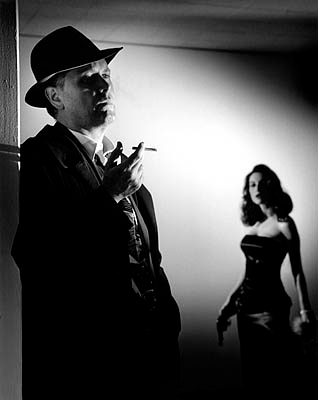
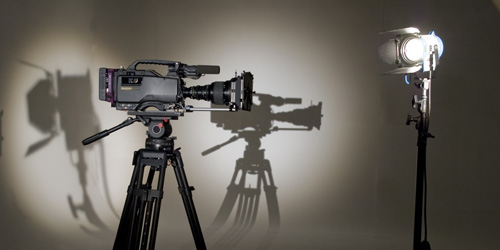

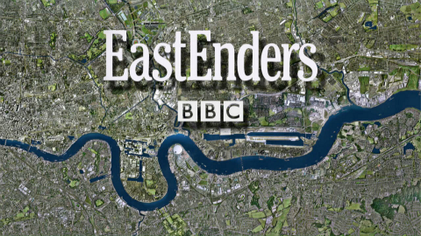


Ed,
ReplyDeleteYou have made a good start here and you've covered everything needed to pass. You need to aim for a distinction here so need lots more detail.
For the first half, you need to add more 'why' when talking about camerawork, sound, editing and lighting and you need specific examples of texts where intimate camerawork, chiaroscuro lighting, etc, is used.
Try to find more floor plans / technical images of set-ups to highlight points and just develop every sentence where possible.
Ellie
شركة كشف تسربات المياه بالقصيم
ReplyDeleteشركة كشف تسربات المياه بالجبيل
شركة كشف تسربات المياه بالقطيف